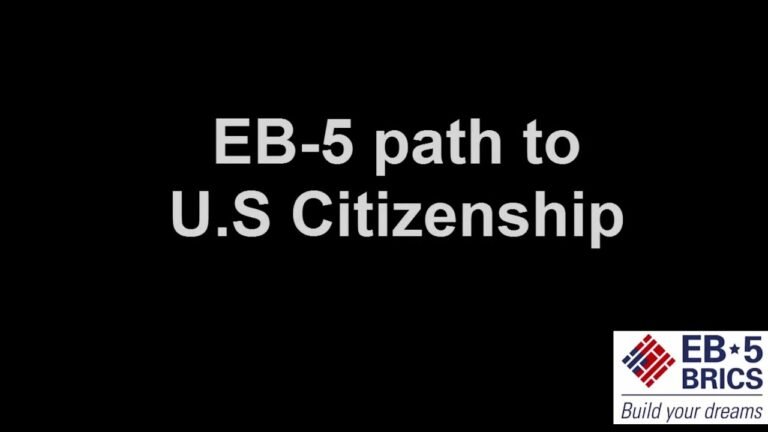
enship by Investment:
In five to six years you get your money back. Once you’ve been a U.S. resident, meaning in Green Card status both conditional and permanent, for at least five years you can actually qualify for a U.S. citizenship; and there are some residency requirements and there are some physical presence requirements before you can qualify yourself for U.S. citizenship.
Watch 38 min. – complete eb5 Ultimate Guide Video:
But generally speaking, once you’ve been living in the U.S. for approximately five years, on Green Card status, you can apply for U.S. citizenship. And, of course, there’s a lot of questions I get in terms of well, great, I get my permanent Green Card and I’m just waiting for my money to be returned to me in five to six years, how do I actually get that money back? Well, it goes back to that Regional Center Investment, and again, I focus on that Regional Center Investment part because a majority, or more than a majority, as I said 95% of all EB-5 applicants usually choose the Regional Center route. Every Regional Center project isn’t going to have an exit strategy, meaning, how are they going to return the money back to the EB-5 investors?
There’s usually two different strategies that they’ll have; when I say different, they could have option one and option two, and option one could be that they sell the project entirely and whatever proceeds they get from selling that project, they use those proceeds to pay off those EB-5 loans. Again, we’re assuming that the proceeds of the sale exceed the amount they owe, say to a bank, or to an EB-5 investor. So, assuming that everything went well in the project, and the economy is doing well, and a project was $100 million when it was built and now it’s a $125 million and then the project is sold for $125 million then there should be sufficient funds to pay back the EB-5 investors as well as any other lenders to that project. So, that’s one option.
Second option, in terms of an exit, is generally refinancing the EB-5 loan. So, again, same scenario, say it’s a $100 million investment, and at that time, there’s $20 million from the developer, $50 million from a bank, and $30 million from EB- investors; now, in 5 to 6 years, say that project is worth, again, $125 million, now it might be much easier for that project, or that developer, to get a second loan from a second bank because now the value has gone up quite a bit for that particular project in which case, there’s a less amount of risk the second bank is taking because there’s more equity in that particular project, hence, you know, the second loan from the second bank can then pay off the loan the EB-5 investors made. I’m talking in very general terms here, there’s a lot more detail to this, there’s a lot of other things one needs to be looking at, but for today’s purposes I just wanted to at least give you some of the common points, some of the commonly asked questions and information and education about the EB-5 program and about the kinds of things an investor should be thinking about when they’re considering an EB-5 application.
Please don’t take anything I say today to be set in stone, there are a lot of variables that come into play, but again, I just wanted to give you some general information about the EB-5 program.
Watch more videos in the series:
View Youtube Channel:
source